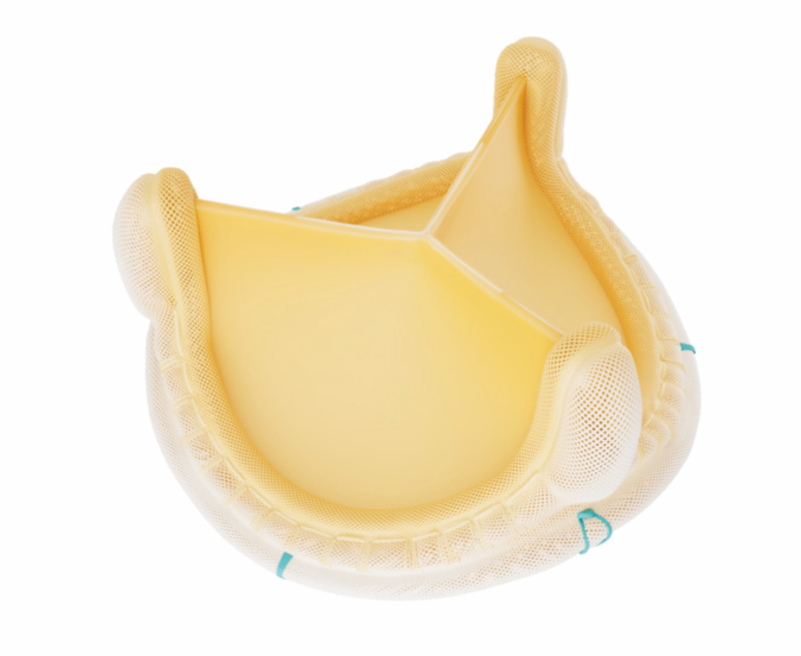Specific brain regions drive chemotherapy-induced pain response: IISc study
January 09, 2025 | Thursday | News
Focusing on chemotherapy-induced peripheral neuropathy, a common but less understood side effect of chemotherapy
image credit- shutterstock
Chronic physical pain can be debilitating, but feelings of stress, fear, and hunger can sometimes suppress painful sensations. Diverse neurons across different brain regions play a role in carefully orchestrating the pain response in animals. Scientists at the Center for Neuroscience (CNS), Indian Institute of Science (IISc), Bengaluru have now found how these neurons work together to control chronic pain in mice, allowing them to cope with or suppress the pain. Such insights can help researchers devise better therapeutic strategies for chronic pain management.
Researchers at IISc studied mice with chemotherapy-induced peripheral neuropathy (CIPN) – a common but less understood side effect of chemotherapy, which leads to cancer patients becoming hypersensitive to external stimuli, like cold temperatures. In a new study, they found that a brain region called the lateral parabrachial nucleus (LPBN) plays a key role in driving this phenomenon.
When LPBN neurons were activated, mice started licking their paws more frequently – an active coping strategy – in response to a painful cold stimulus. The researchers found that these LPBN neurons act as a “relay junction” of sorts – based on the type and activity of the inputs they receive from different regions of the brain, they control how much pain the mice feel and how they cope with it.
Some patients suffering from arthritis or CIPN thus feel a lot more pain triggered by certain stimuli that healthy individuals generally don’t feel.









